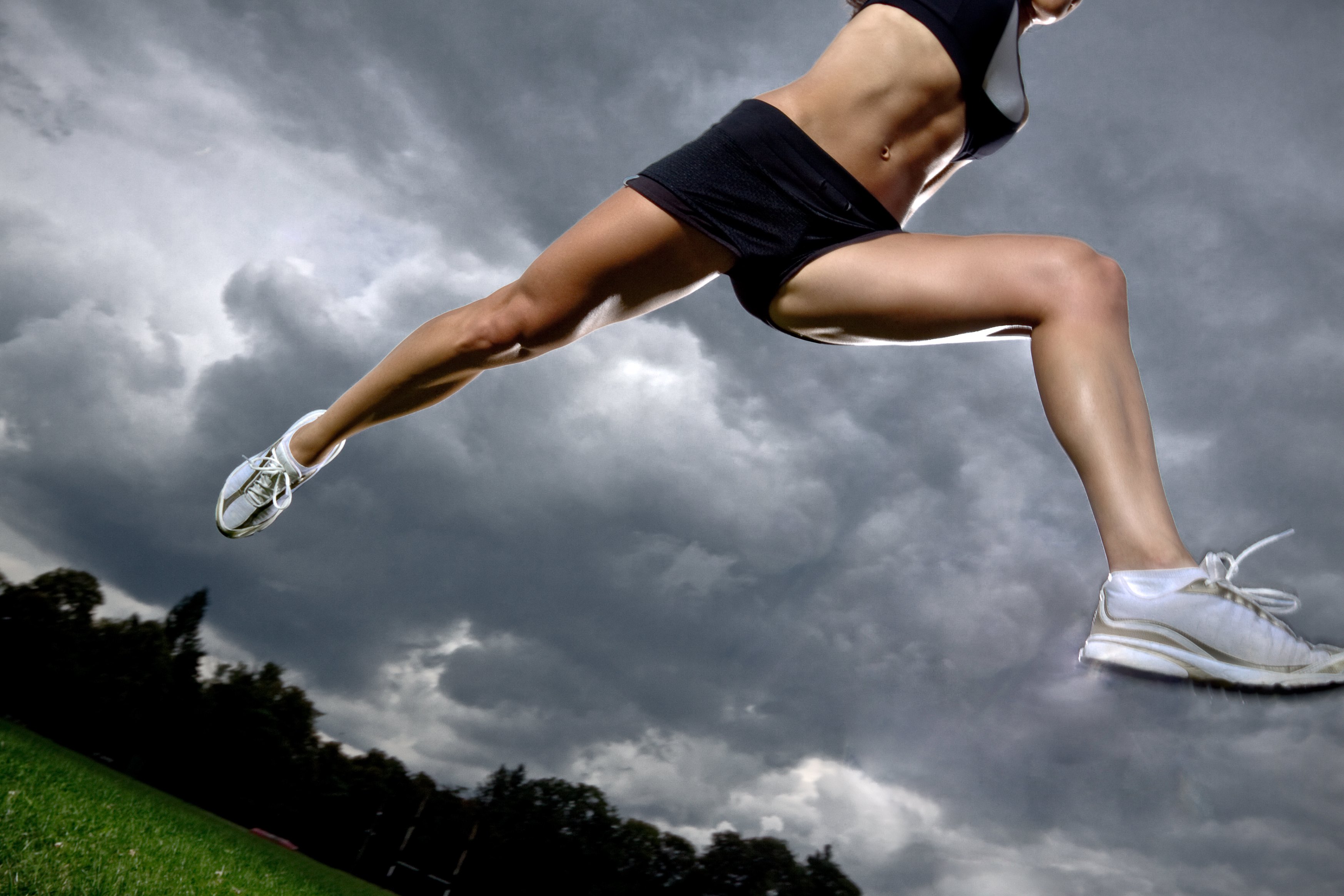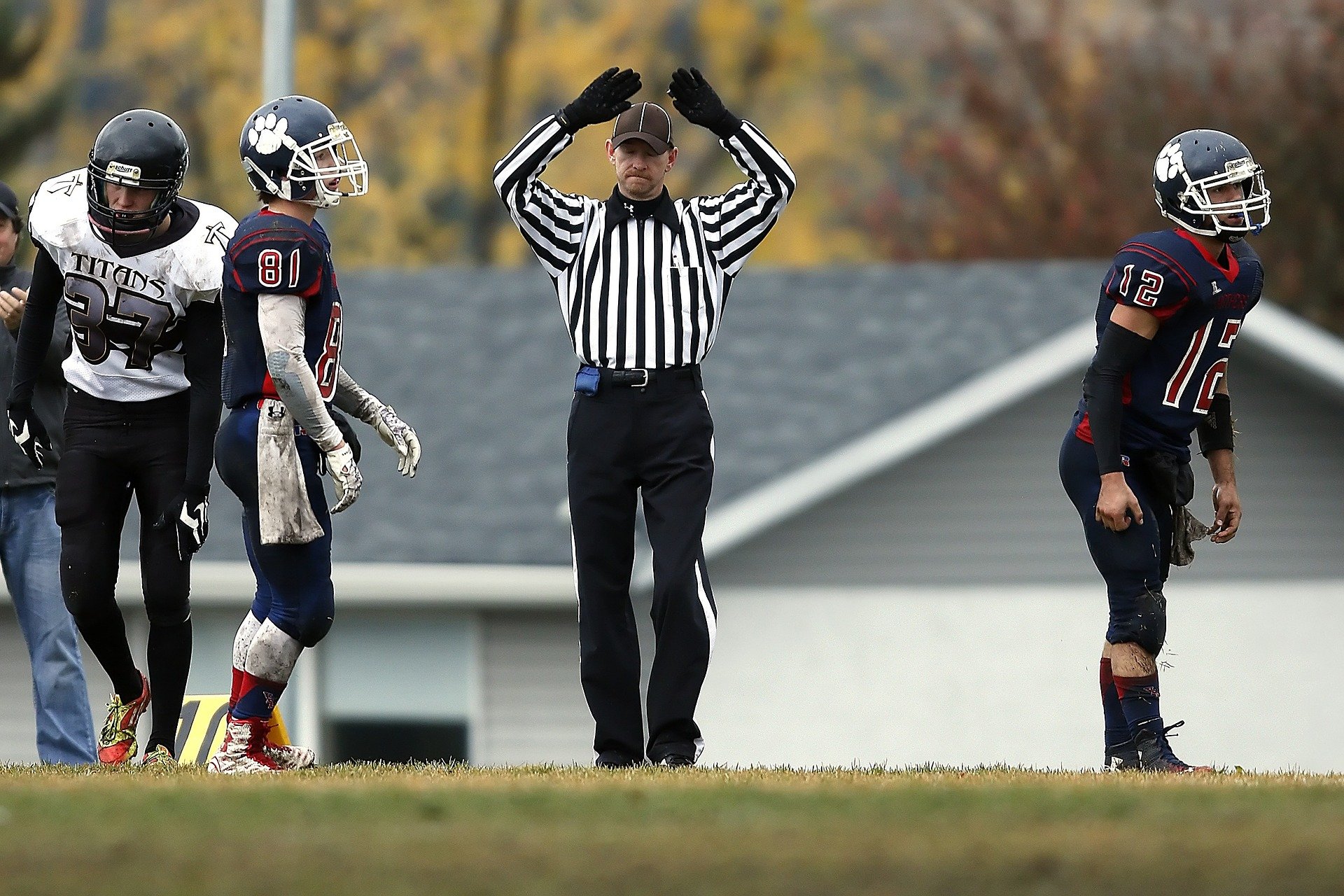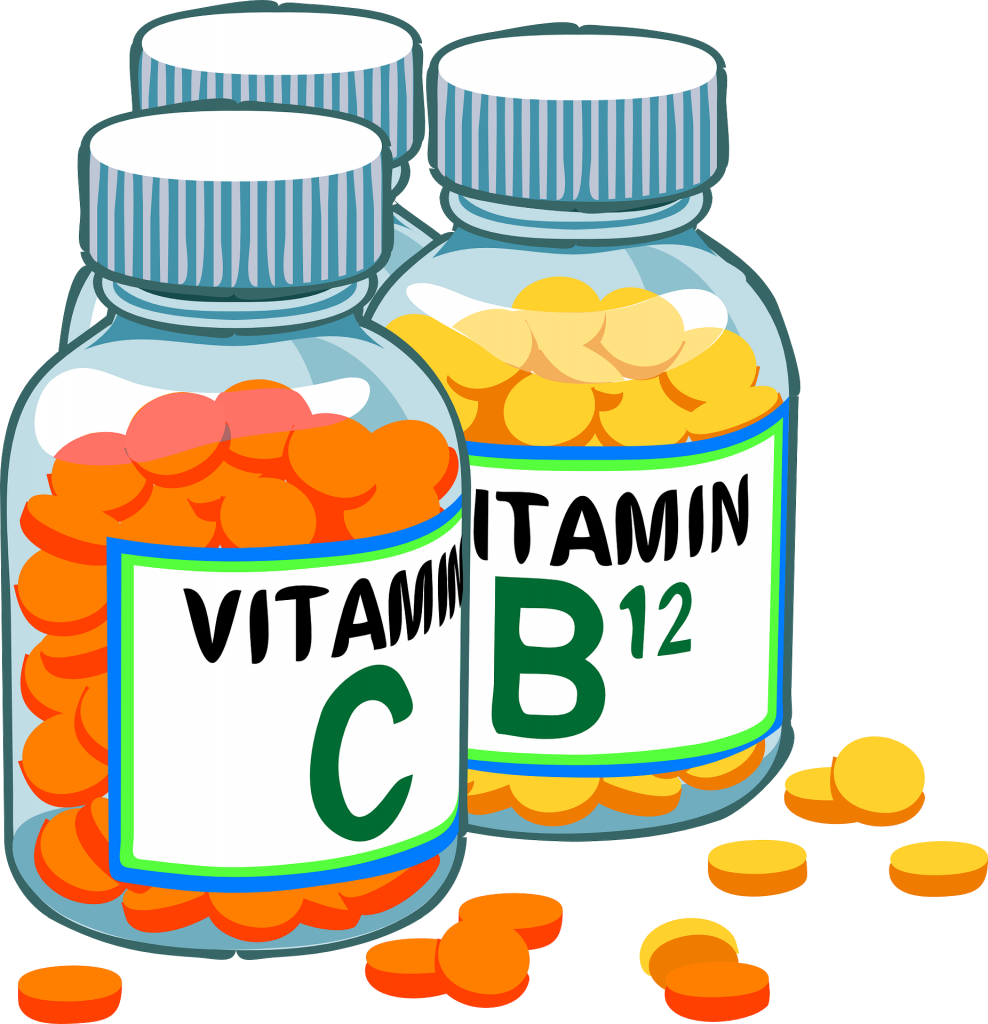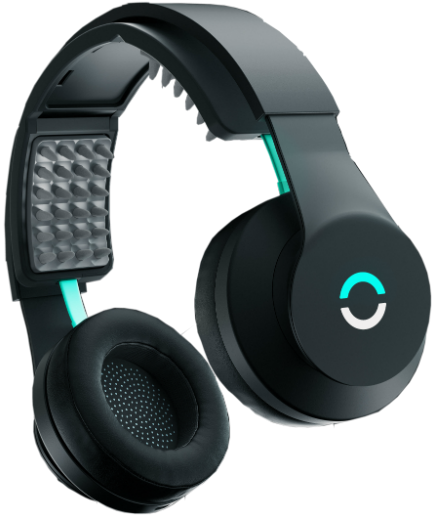
In my first post, we talked about general biohacking methods that people are using to improve themselves. In this post, we will talk about the methods that athletes are using to gain an edge in their sports, and how the average joe can replicate these experiments.
In modern-day athletics, as we make advancements in nutrition, training methods, and sports science, athletes are bigger, stronger, and faster than ever before. In addition, participation in athletic pursuits is at an all-time high.

According to an athletic participation survey performed by NFHS (The National Federation of State High Schools) there were (within the schools in NFHS) 7.8M participants in high school athletics in the 2014-15 school year. Compare this to 7.02M in 2004-05. That is roughly an 11% increase in participation over a 10-year period. This means that it is becoming harder and harder for athletes to stand out in the crowd.

According to the NASDAQ's Globe NewsWire, the dietary supplement market is expected to reach $278.02B by the year 2024, with sports nutrition products expected to account for $37.16B of the market. Additionally, athletic trainers are projected to see job growth of 21% (the average is 7%) between 2014 and 2024. The demand is high and only expected to grow for anything that promises to increase athletic performance.
So what are some of the cutting-edge methods that athletes are using to get ahead? In this list, I will not include some of the more well-known supplements and treatments like creatine, whey protein, etc., but will instead try to highlight some of the more unconventional, yet still achievable, methods for athletic enhancement.
tDCS

If you've read some of my past articles, you've seen me mention this before. The treatment has now become more mainstream, thanks to research by DARPA, and other medical sources. It has shown exceptional efficacy for athletic applications. According to a study published in Frontiers in Human Neuroscience, "[the study] found that anodal stimulation, which elevates cortical excitability, had effects consistent with a reduction in fatigue in comparison to both no stimulation and cathodal stimulation. The size of the effect was not inconsiderable, with endurance time over 15% longer in the anodal stimulation condition." 15% is no small increase, and for an elite athlete it represents a deciding advantage.
The most recent application of tDCS for athletes is the Halo Neuroscience's Halo Sport Headset. Combining tDCS with a headset that provides audio feedback during "neuropriming" sessions, the Halo Sport set has been used by the Golden State Warriors, among others.
I have personally used my own homemade tDCS machine with some efficacy. At some point in the future, I will be putting together a more complete post on my tDCS machine. Here are the two main applications that I have found most effective for athletic performance.
Motor Skills
Using a placement found on tdcsplacements.com that has shown efficacy in increasing motor skills in stroke patients, I found that during rugby practice I was able to concentrate more easily on proper passing and complicated drills.
Endurance
Using the placement used in a study released by Halo Neuroscience, which showed efficacy in increasing endurance and gains in athletic performance, I found that my endurance was increased. In rugby practice, I was able to sustain full sprinting speed during fitness trials much longer than I normally would.
Advanced Recovery Methods
Methods such as cryotherapy, that only elite athletes have historically had exclusive access to, have become more and more accessible to the average athlete and have been shown to have a huge impact on recovery times. Whether recovering from a debilitating injury or from an intense workout, the quicker the recovery, the better the athlete.
Cryotherapy
A study published in the Open Access Journal of Sports Medicine stated that "Controlled studies suggest that WBC could have a positive influence on inflammatory mediators, antioxidant capacity, and autonomic function during sporting recovery..." Cryotherapy treatments are now more available to the general public through cryotherapy saunas and spas. Treatments range from $40-$65 a session.
ARP Wave, EMS and NMES

Photo courtesy of Wikipedia
Shocking your muscles? You betcha. These treatments have been shown to reduce recovery times by restoring mobility, reducing inflammation and stimulating injured tissue to speed healing time. EMS has specifically been shown to have a complementary effect when combined with voluntary contractions (i.e. normal exercises) in rehabilitation as well as during normal training. These treatments can be administered by a professional or at home with affordable devices available online.
Nootropics
According to a study by the School Of Kinesiology at the University of Michigan, there is a direct correlation between working memory and reaction time in athletes. In fact, WADA (the World Anti-Doping Agency) has specifically prohibited Modafinil and Phenylpiracetam in Olympic athletes. Studies performed on mice and rats have shown that Aniracetam and Oxiracetam may have efficacy in improving working memory and therefore may increase reaction times in athletes. These studies have not been fleshed out and human experimentation is mostly anecdotal.
What Gets Tracked, Gets Managed
One of the most important advancements in athletic training is the availability of wearable devices and mechanisms to track the minutae of the athletes performance. A few devices that specifically cater to athletes are:
Sensoria and Lumo Run
Sensoria Smart Socks "may help you identify injury-prone running styles (heel striking, ball striking, etc), then leverages a mobile app to coach the runner in real-time via audio cues." One of the most common causes of injury for athletes is improper gait and running mechanics. The Sensoria system allows the athlete to track this information and make corrections in real-time that will help to improve performance and reduce injury risk.
The Lumo Run, functions similarly to the Sensoria system by monitoring running mechanics at the pelvis, allowing further correction of improper running technique and prevention of injury.
Both of these systems give real-time audio feedback that will allow the athlete to make necessary corrections as they work through their paces.
Athos, OMsignal and Hexoskin
These products take tracking a step further by providing full-body metrics through biometric clothing systems. The Athos system, the most expensive of the three, has been used and tested by the Golden State Warriors. The Athos system, among other metrics, monitors which muscles are being activated at any given time and helps the athlete to identify imbalances and ensure proper form. The Hexoskin monitors breathing rate and minute ventilation to ensure proper breathing during workouts. OMsignal provides similar functionality to the Hexoskin and also gives a "push score" that lets the athlete know how hard they are pushing themselves during training.
Neuroon
The Neuroon Sleep Mask is an intelligent sleep mask that allows the user to track and improve the quality of their sleep. The mask provides audio sessions, and stimuli during REM sleep to improve overall sleep quality. Additionally, the system helps the user to work through jet lag (a problem for traveling athletes), waking up naturally through stimulated sunrise, and helps align your biorhythm to your sleep schedule. The Neuroon is another device used by the Golden State Warriors (surprise).
What's Next?
There have been multiple studies on the effects of "gene doping" in lab animals that show promise for human subjects. Gene doping consists of introducing an artificial gene via a virus that then disseminates the gene throughout the body. In an experiment which was conducted on mice, a viral agent was injected which caused a greater production of IGF-1 in young, adult mice. According to the study, the gene alteration "caused a 15% increase in muscle mass and a 14% increase in strength in young
adult mice."
With the rate at which technological advancement is becoming more available to the average Joe, athletic enhancement is, and will continue to be, more attainable than ever. All of the above devices and treatments can be achieved under $1000. For less than $1000, you have access to innovations that only elite athletes have been privy to.
Disclaimer
As I've stated in previous posts, I am not a doctor and probably never will be. I have provided links in this article to scholarly journals and other sources of my own research, but I encourage you to do your own research as well. In addition, it would be wise to consult a medical and/or athletic training professional prior to using any of these methods or treatments.
That being said, if you do try any of this, I'd love to hear your results and would love to answer any questions I can.
If you like my writing, please follow me and share my posts!
